SummaryIf there's one thing London does better than anywhere else in the world, it's museums. There are a lot of them (around 200), and almost all of them are free of charge. That shouldn't be a surprise, the British Empire spent two centuries sailing around the world collecting priceless treasures and artefacts. Yep, as beautiful as these museums are, they're also controversial, and I'll explore some of the controversy in this list. A few years ago I wrote a list on my favourite museums in New York (which you can read here), so it's about time I did something similar for London - so here are my 10 favourite museums in London. Honourable mentionsThere are around 200 museums in London, so there's a lot of museums that haven't made this list. There are a few I've visited, and many others that I'd want to visit but I felt I should mention. In terms of the former, the biggest omission is the British Library - the largest library in the world, with documents covering a large history of the Sikhs. However, it's been nearly 6 years since I last visited the Library and writing a review so many years later wouldn't be fair. After the end of lockdown, if I visit the British Library again, I will update this list. It's the same for London Docklands Museum, a place I visited about 5 years ago. I remember really enjoying it, but I don't remember enough to write an accurate review. Some museums just missed out due to a lack of space; the National Gallery, the Royal Observatory, the Cutty Sark and Queen's House are all good museums in their own right and would make an extended list. And then in the latter category, there are so many museums I want to visit that I haven't. There's the Bank of England Museum, the London Transport Museum, the Churchill War Rooms and even a Cartoon Museum I've wanted to check out for ages. Then there are temporary exhibitions, one of which was my favourite exhibition I've ever visited. If you want to find out what it was, check out my review here. 10. Tate ModernAdmission Price: Free I'm not a big fan of modern art, but the Tate Modern is pretty damn amazing. The museum houses one of the largest collections of modern and contemporary art in the world and it's housed in a unique building that was converted from a power station. It's the only museum on this list built in the 21st century, but it's quickly become one of the most visited museums in London. It displays famous art from the around the world including by artists like Pablo Picasso, Salvator Dali and Andy Warhol. Not being the biggest modern art person in the world, some of the art pieces went over my head - but the museum has one other surprise. A balcony from the museum leads to a viewing platform that gives is a pretty special review of the London skyline as well as the River Thames. Even if modern art isn't your thing, this is still a good place to spend a few hours on a rainy London day. 9. Tower of LondonAdmission Price: £25 It's a UNESCO World Heritage Site, the oldest museum on this list and one of the most recognisable landmarks in London. It's also the only museum on this list you have to pay for. The Tower of London is one of the most iconic and famous living museums in the world. The Tower was originally built as a castle by the Normans a thousand years ago, spending its first few centuries as a castle and then a palace. Over the centuries it was expanded and eventually came to be a notorious prison, a role it played deep into the 20th century. Since the end of the Second World War it has been converted into a tourist landmark and a national museum, housing, among other things, the Crown Jewels. At £25, entry isn't cheap, and given its location in Central London, it's frequently busy. But the history of this place is incomparable, and once you step inside you can feel the history all around you. However, the crown jewel of the landmark are the Crown Jewels. Yep, the British monarch's 800 year old jewellery collection is located in the Jewel House of the Tower of London. A grander version of the Austrian Crown Jewels I saw in Vienna, the Jewel House is a heavily guarded room in the interior of the Tower. Firstly, the negatives. I spent over an hour queuing just to get inside the Jewel House - it's the most popular part of the Tower of London. Secondly, much of collection represents 800 years of plunder from around the world. But the positives are that they are available to be viewed by whoever wants to see them, and they have been kept in exceptional condition. It also houses the Koh-i-noor, one of the largest cut diamonds in the world and taken from the Sikh Kingdom at the end of the Anglo-Sikh Wars. Now unlike many others, I have no desire to see the Koh-i-noor return to Panjab - it's not even a Panjabi diamond. The British took it from the Panjabis, who took it from the Afghans, who in turn took it from the Iranians. Before the Iranians it was in the possession of the Mughals and while its confirmed history ends there, some sources indicate it was taken from a kingdom in what is now southern India. Now there are other objects on this list that I do have stronger feelings about, but we'll get there... 8. Museum of LondonAdmission Price: Free It's hard to make a list of the best museums in London without mentioning a museum on the history of the city. Located on the edge of the City of London (which you can read about here), I've walked past the museum on a lot of occasions and just found it very weird, and as someone who hates brutalism, the architecture of the Museum of London isn't something I'm a fan of - it's pretty ugly from the outside. But once you step inside, everything changes. The museum tells the story of London, from pre-history all the way to the modern day with everything in between. The dimly lit museum works in chronological fashion starting with ice-age London and working its way through to Roman London complete with a viewing window that overlooks the Roman wall (something that is done very well). The Roman gallery is particularly fascinating and documents the story of a city on the edge of an empire. It took a thousand years following the withdrawal of Roman forces for the city to reach the same size, and this is where the museum gets interesting again, documenting both the Great Plague and the Great Fire, There's an interesting gallery on Victorian London, before it heads into the modern day, covering the impact of the Blitz and the global city that London currently is. The standout things to see in my opinion were the artefacts from Roman London, the Cauldron from the 2012 London Olympics and, quite personally, a small plaque that documents the relationships with the Sikhs from the conclusion of the Anglo-Sikh wars to the modern day. 7. Imperial War MuseumAdmission Price: Free Another museum with a sizeable Sikh collection, the Imperial War Museum was founded in 1917 towards the end of the First World War to help document what was, at the time, the most destructive global war in history. Since then, the museum has grown to contain exhibits from the Second World War and more modern conflicts. Located in central London, the museum is housed in a beautiful building that dates back to 1814. The entrance to the museum has two large naval guns which gives this museum a distinct feel, but the truth is almost every museum on this list feels different - something that gives London museums the edge on museums in the United States. Inside you have everything from weapons, to uniforms, artwork, photographs as well as film and sound (including some of the oldest films on record). The items and objects that get the most attention are military vehicles like tanks and spitfires. There are also a lot of Sikh objects, from the stories of soldiers, to Sikh weapons and photographs of Sikhs that served during the wars. 80,000+ turban wearing Sikhs died in the two World Wars, and over 100,000 Sikhs were wounded. The Sikh regiment, at the time, had the highest number of Victoria Crosses per capita than any Empire regiment. And while some of the wars the Sikhs fought in were for good causes (e.g. against fascism), others were were to prop up an Empire that was sucking countries dry of resources (Sikhs had a particularly bad reputation in China where they were particularly strict in the implementation of British laws). The museum has a collection of over 10 million items, of which around 1 million are on display at any given time, which is a shame because it means significant items of interest to Sikhs aren't always showcased. And while there are exhibits from time to time where the items are presented, it's another reason why a National Sikh Museum would make sense. 6. Science MuseumAdmission Price: Free The first of several mid-19th century museums, the Science Museum is located in Kensington in area full of museums (it's next to the Design Museum, opposite the V&A and near the National History Museum). A museum dedicated to science, it was founded as a museum that displayed machine innovations and as overspill from the Great Exhibition located in London, but has since grown to be become of the largest and highest rated museums in the city. The museum is split into several galleries and document the evolution of the scientific endeavour, from the enlightenment, to the modern day space programmes. For me, personal highlights are Stephenson's Rocket (the prototype of modern day trains), the first jet engine, full sized aeroplanes, the Apollo 11 command module and the history of medicines gallery. It's also the only museum I had to be asked to leave because it was closing down and I hadn't realised. The museum also does late nights on the last Wednesday of every month, geared towards adults with special lectures and even silent discos - all in all, a pretty cool museum. 5. National Maritime MuseumAdmission Price: Free For a country that created a global empire off the back of its seapower, it's not surprise that London should house a museum dedicated to British naval history. The National Maritime Museum is located in Greenwich (which you can read about here), and it's one of my favourite museums in London. The museum dates back to 1937, which makes it one of the newer museums on this list. but the building that it's set in is older. It forms part of the Maritime Greenwich World Heritage site and it's located in one of the most beautiful parts of the city. With the Thames in front of it, Greenwich Park behind it (you can read about that here), and the Royal Observatory which contains the Prime Meridian (described as the centre of the world) nearby - it's worth spending a full day in the area. The museum has a collection of over 2 million items, with my favourite items being old maps of the world as well as the coat Horatio Nelson wore at the Battle of Trafalgar. Unlike the never-ending maze that is the British Museum, the National Maritime Museum feels 'manageable' - you can see the main objects and items of interest in a couple of hours. It's a museum that doesn't get the attention of many of the others on this list, but it's absolutely one of my favourites. 4. British MuseumAdmission Price: Free If there is one museum that sums up the controversial nature of western museums, the British Museum is that institution. The first national public museum in history, as well as the largest museum in the world by collection size, the British Museum represents all that is good and all that is questionable about the museums on this list. Let's get the negativity out of the way first. While many of the objects and artefacts on display are legitimate acquisitions or war trophies collected in a fair (if not always morally just) way - there is a fair amount of loot and plunder in every corner of this museum. There are several lawsuits and requests from public and private institutions from around the world asking the British Museum to return important parts of their respective national histories. But the British Museum is acutely aware, if it gives back one artefact, very soon most museums in the west will be empty. On the positive side, this museum has taken extraordinary care of the collections in its possession, which means people from around the world (with the means of travelling to London, I should add) are able to see the history of humanity. And that's what this museum documents - the entire span of human history. Founded in 1753, the museum gained most of its items during the 18th and 19th centuries when the British Empire dominated the world. Today, it has over 8 million items in its collection. The most famous are also the most controversial; the Elgin Marbles, the Rosetta Stone and what feels like the entire history of Ancient Egypt (including actual mummies). There are galleries from every corner of the planet, from some of the largest empires in history like the Persians, Romans, Mughals, Greeks, Assyrians, Aztecs and Egyptians, to artefacts from the smallest islands at the edges of the British Empire (like the Pacific Islands). Much like the Louvre in Paris, you could spend an entire week here and not scratch the surface, the scale of this museum is immense. If I were to list items that you should definitely see, I'd end up writing a whole separate article, everything in this place is priceless. The museum itself is set in Bloomsbury, one of the more picturesque neighbourhoods in London, The building is designed in a Greek Revivalist style and looks like a museum, if that makes sense - in fact, it looks like the museum. The Great Glass Roof of the Reading Room is jaw-droppingly beautiful and you could spend hours just admiring the design and architecture of the place. Each gallery has its own 'feel' with different layouts and lighting perfectly complimenting the collections it holds. It has over 500 items of interest for Sikhs, not at all which are on display. Most of the collection is made up of coins from the Sikh Empire, but there are also portraits, sculptures and when I visited, a Nihang dastar bunga. And this brings me to my final issue with the museum. It's absolutely beautiful, it documents the history of humanity in a way no other place on the planet does. But my real issue - more than the loot and plunder - is that with a collection this size, there is no way they can display everything. What might be of tangential interest to museum patrons, could be an important part of the history of a third country - yet we don't get to decide what is on display, the museum does - and that means collections that might otherwise be displayed in museums around the world, are locked away. 3. V&AAdmission Price: Free Firstly, let's get the obvious out of the way, the Victoria and Albert Museum is absolutely stacked with interesting artefacts and artworks. It's not really a surprise, the Victorian period coincided with the peak of British global power. For a period of 50 years, the UK was a peerless superpower, able to conquer lands at will, and take whatever they wanted. Founded in 1852, it has 145 galleries housing the world's largest collection of decorative art, design and sculpture as well as numerous other interesting items. Much like the British Museum, it's difficult to see everything in one visit so it's probably one for repeat visits. Some of the must see items include 'Tipu's Tiger' an organ encased in a wooden sculpture of a tiger mauling a solider that was created for Tipu Sultan, ruler of the Indian kingdom of Mysore in the 18th century. Another artefact from the subcontinent is Shah Jahan's white jade wine cup dating back to the mid 17th century. But for me, there was only one thing that I wanted to see, and as soon as I entered I raced straight to an item that represented the seat of Sikh power. Maharaja Ranjit Singh (you can read about him here) was ruler of the Sikh Empire, a powerful entity that dominated the northern portion of the subcontinent in the early to mid 19th century. At its peak, his kingdom stretched from Afghanistan in the west to Nepal in the east, as far north as China and Kashmir and south into what is now modern day India - and it was ruled by one of the most politically astute, and militarily capable leaders in Sikh history. A series of court intrigues following his death, along with two traitorous generals (Lal Singh and Tej Singh), and a traitorous family (the Dogras) led to the fall of the Sikh Kingdom. Today the Panjab of Ranjit Singh is split between four different countries, and its symbols of power have either long gone, or been dispersed around the world. One of these symbols is the throne (or takht) of Ranjit Singh. The throne is as opulent and as extravagant as you'd expect from a man who covered the Harimander Sahib in gold. It's a solid gold seat, with red and golden cushioning, quite different from western thrones. The base has two tiers of lotus petals engraved into the gold. I was surprised by how small it was, I know Ranjit Singh was a slim person, but it wasn't a throne for a particularly tall person either. Next to the throne was a dastar bunga, a tall dastar (turban) that the Nihang Singh fighters wear, complete with weaponry. I sort of stood there. In awe, initially. Here was the throne of Ranjit Singh - the main you hear stories about growing up. The first ruler of a native Panjabi dynasty in a millennia and the only one of Sikh heritage. I honestly can't describe all the emotions that I felt, but I quickly did feel the awe transform into sadness with a tinge of bitterness. Here is a symbol of one of the most powerful Sikh leaders and it's nothing more than a museum piece to be gawked at by randoms, many unaware of its significance. It made me a little angry that this little piece of my people was taken away from its homeland and left to add value to an island on the other side of the world. I guess it made me a little sad, because in a way that is the Sikh diaspora, people like me, a long way from our roots, brought up as British or Canadian, American or Australian, and adding value to society somewhere else. But I also saw the positives. In 1984 the Indian Government launched an assault on the Harimander Sahib complex, the same Gurdwara Ranjit had transformed into the Golden Temple the world knows today. The army destroyed and burned the Sikh Reference Library in an act of cultural genocide that led to the loss of considerable Sikh history. What would be the fate of the throne of Ranjit Singh if it was left in Panjab? Would it still exist, or would it be melted or sold by greedy Panjabi princes and aristocrats? I guess we will never know, but the only truth is that today the throne exists because it was well looked after. Today, people like me and others like me can visit and connect with our history because it's on display and will likely be safe for generations to come to view. 2. Natural History MuseumAdmission Price: Free During a trip to DC (which you can read about here), I wrote that it wasn't worth visiting the Natural History Museum because if you've seen one, you've pretty much seen them all. This is the one. Growing up, I used to love reading about dinosaurs. We might have lived in council housing, but my mom knew the value of education, and every two weeks would take me to the local library where I went through every dinosaur book they had (I also emptied their space section). So, you can understand why this museum is high on my list. The museum has over 80 million individual items within its collection from across the natural world - both modern, and throughout the history of the planet. Founded in 1881, the museum legally separated from the British Museum in the 1960s and has grown to become one of the most popular museums in the world. As soon as you enter you're greeted by the skeleton of a blue whale, the largest animal to have ever lived. Prior to this was a cast of a diplodocus dinosaur (one of the long-necked dinosaurs) nicknamed dippy. It's a spectacular first sight and from then on, everything feels exciting and grand. The museum is split into coloured 'zones' covering everything from rocks, insects, birds, fish, mammals, reptiles, amphibians and of course, dinosaurs. There's models of animals and ancient humans throughout the museum, but it's some of the strange pre-historic animals that captured my attention the most. But the artefacts and fossils are one aspect of why this museum is so high on this list. The real reason is the architecture of the museum itself - honestly, it's one of the most beautiful buildings in the world. Built with a detailed terracotta exterior, the outside of the museum is stunning, but the interior is a whole other level. Honestly, walking into the Central Hall of this museum is an experience itself and even if the natural world isn't your thing, the architecture of the museum is worth the trip alone. If you're in London - visit the Natural History Museum. 1. The Wallace CollectionAdmission Price: Free It's probably one of the single most impressive private collections in the world, and it holds a large number of Sikh artefacts, including one of the most important items of Sikh history. But let's start with a little background. The collection was put together by five generations of the Marquesses of Hertford spread through the 18th and 19th centuries, the last of these being Sir Richard Wallace. Located in the 16th century Hertford House, the collection is conveniently located a short walk from Oxford Street in Central London. Entry to the collection, like most museums on this list is free, although I did have to book in advance online. The entrance is beautiful, although not quite spectacular as the National History Museum, a grand staircase serves as the entrance to the main rooms. Not only does Hertford House contain incredible artwork and artefacts, but the building itself is a museum, with faithful recreations of the house as it was in the 19th century, including things like a dining room, billiard room, breakfast room etc. While the Collection is famous for its artwork of over 700 pieces, including one of the largest collections of 18th century French art, it's the collection of European and Asian weapons that really distinguishes it (over 2,000 pieces). There's a number of armoury rooms throughout Hertford House, and they contain weapons from different European kingdoms, Turkey, the Middle East, the Far East and the subcontinent. But for me, a sticker that said 'Anglo-Sikh Heritage' caught my eye towards the end of the museum trail. I'm aware of the organisation and have been for a number of years as they look to raise awareness of Sikh places and items of interest in the UK. Next to the sticker was an old Sikh helmet with a special design to accommodate the long hair of a Sikh fighter. From there the stickers led me through an incredible journey of Sikh weaponry, from the famous chakkars of the Nihang Singhs to various khandeh and talwars and a Gurmukhi inscribed breastplate - each more beautiful than the last. It was right at the end of my journey that I saw an item as important as any in Sikh history - the sword of Maharaja Ranjit Singh. The sword is gold mounted, with a golden hilt with walrus ivory plaques. It's almost a metre in length and sits next to a Sikh shield in its own special encasement. And just like that I returned to the feeling of unease I felt at the V&A. Here was the sword of one of the greatest military and political leaders in Sikh history, something I'm sure he felt would be passed down through Sikh hands in a dynasty that lasted hundreds of years. Yet, less than 200 years later, and it's hidden behind glass, in a foreign land, on the other side of the world. It was a sinking feeling seeing something that meant so much to me and my people, as just another artefact in a collection of thousands in this random museum. But I quickly snapped out of it and considered the positives. Here it was, preserved so we can still see it. And I think that some up the relationship I have with the institutions on this list. London undoubtedly is the best city in the world for museums, but that's a good and bad thing for all the reasons I've explained. But to end on a positive, I'm lucky that I've been able to visit these museums and particularly to connect to parts of Sikh history that might otherwise have been lost forever. Comments are closed.
|
AuthorBritish Sikh, born in the Midlands, based in London, travelling the world seeing new cultures. Categories
All
|
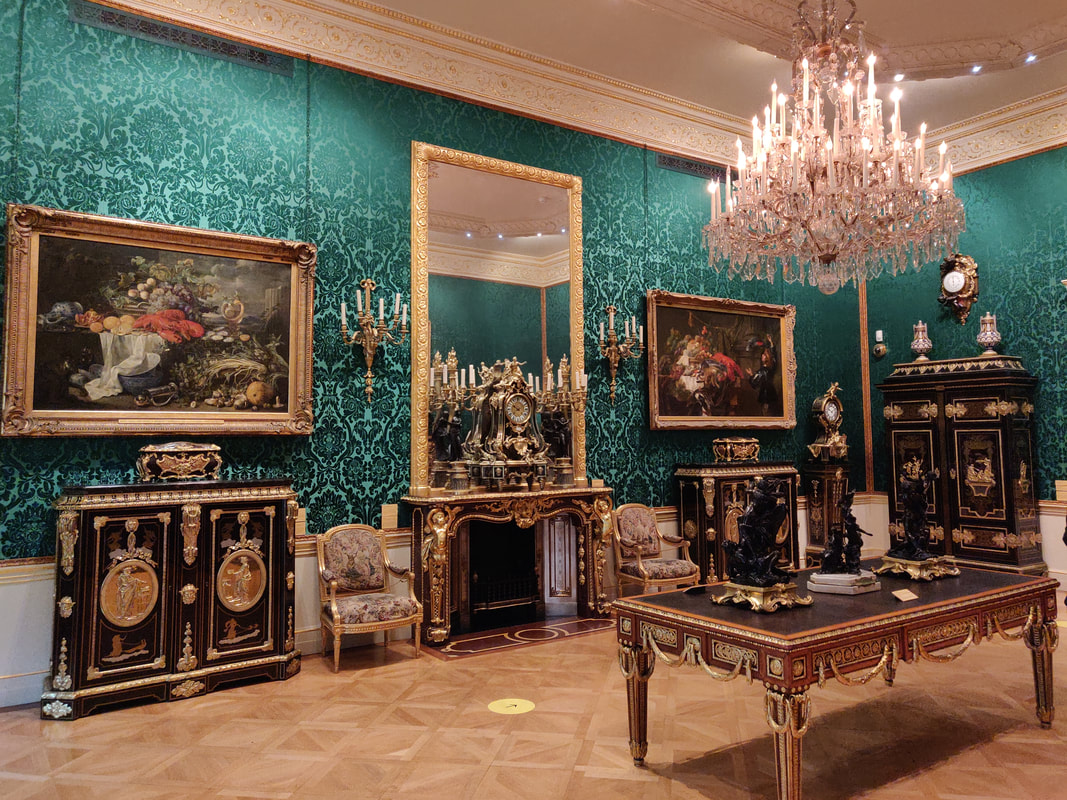
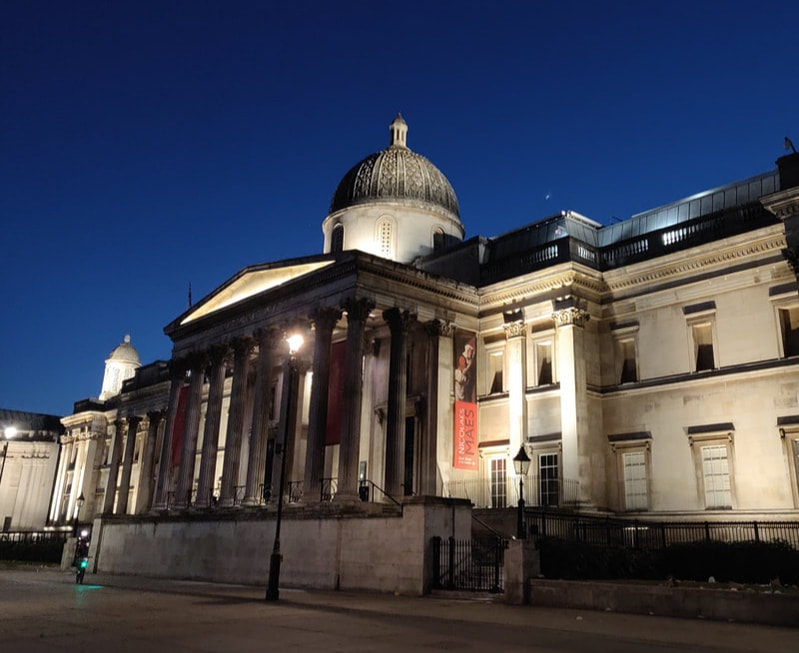
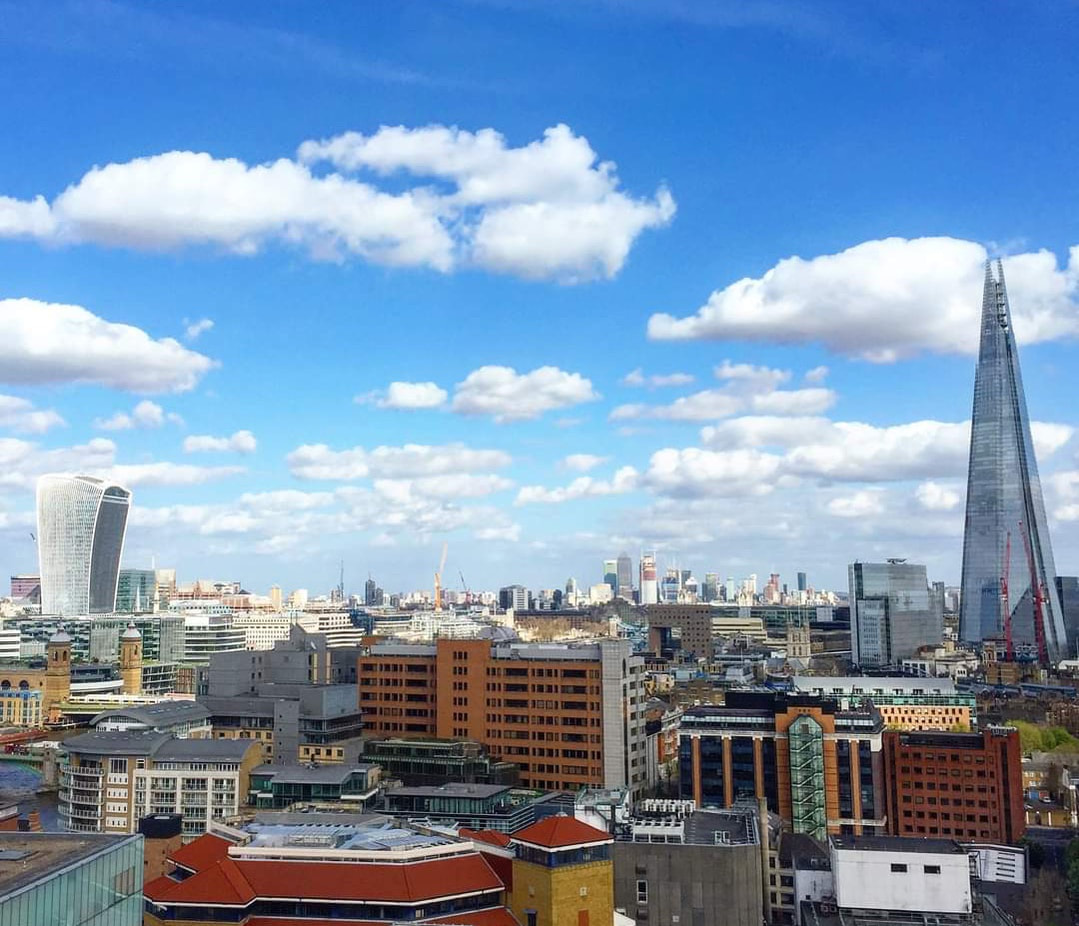
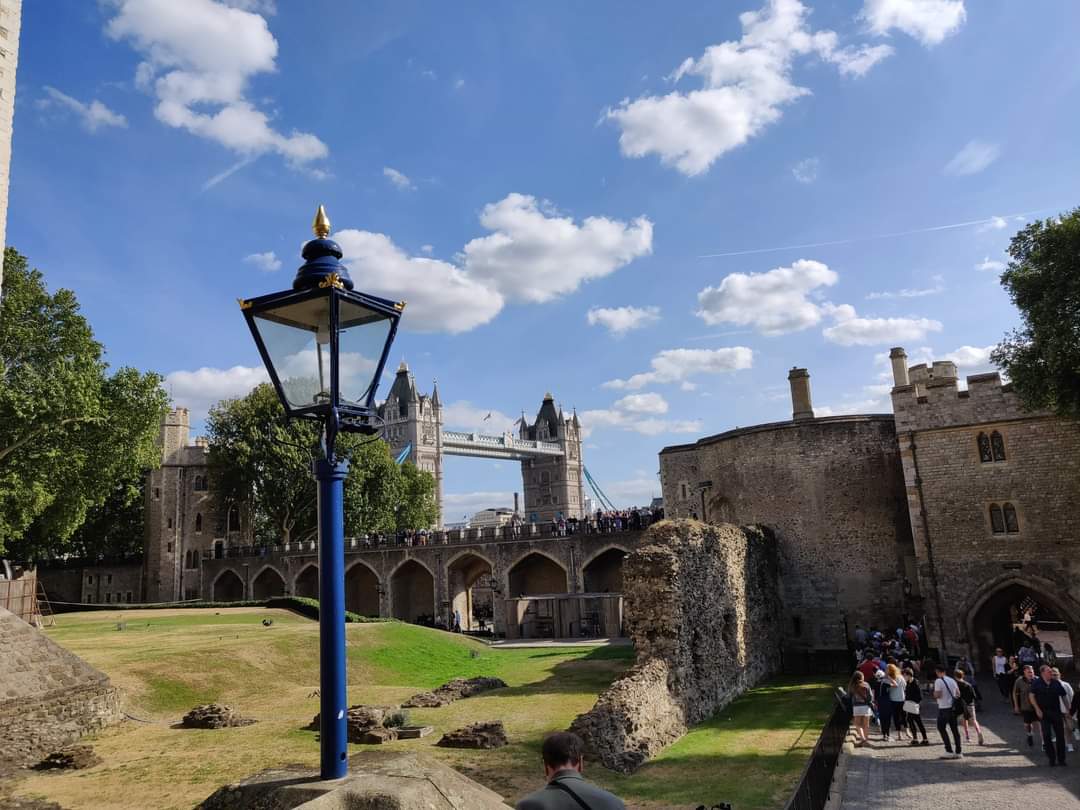
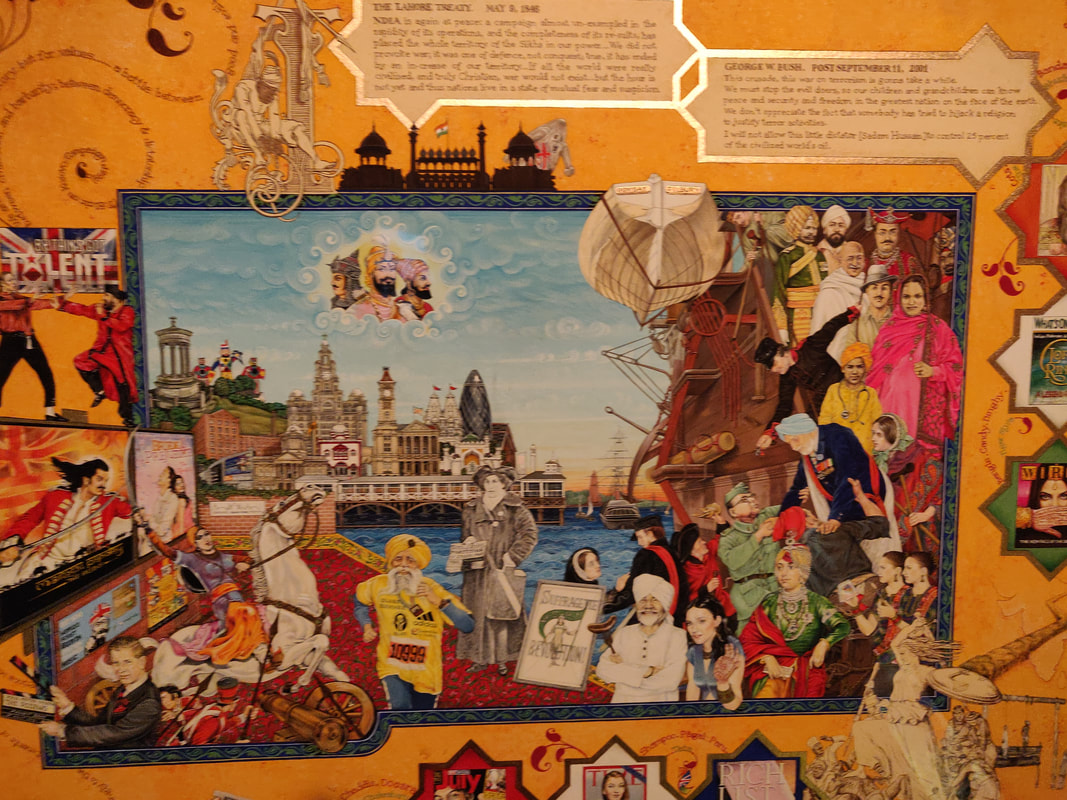
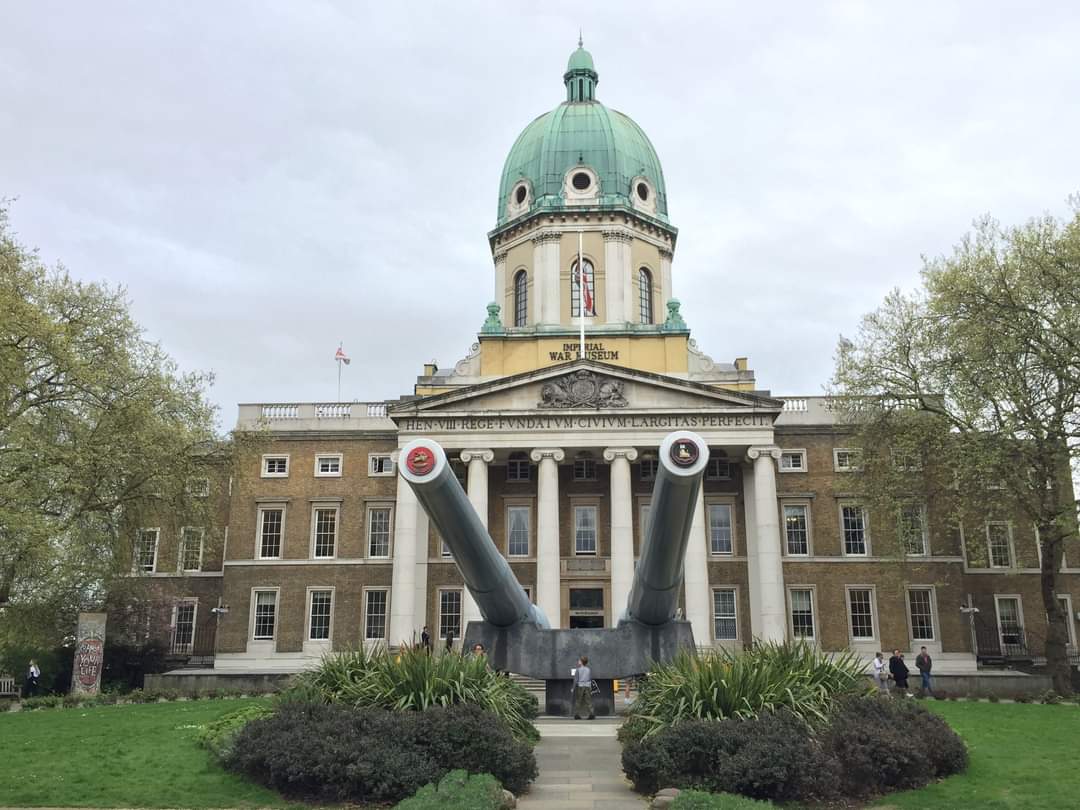
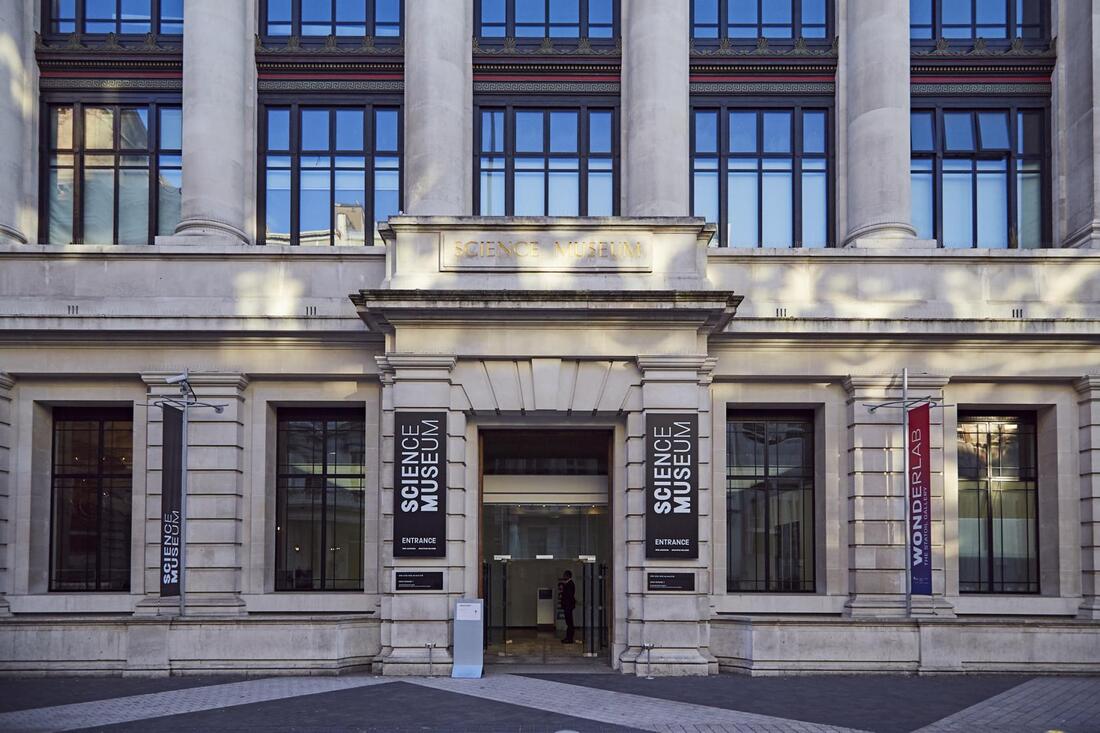
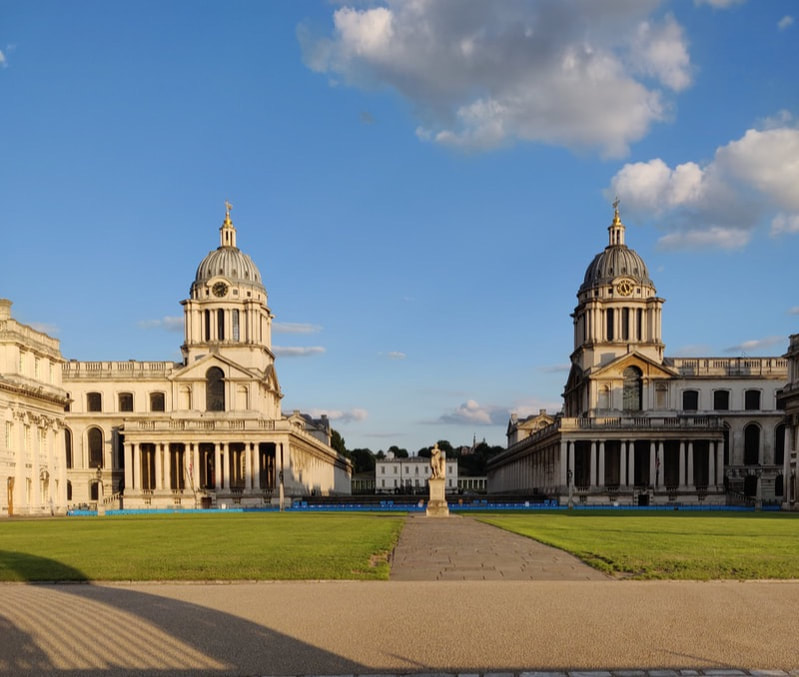
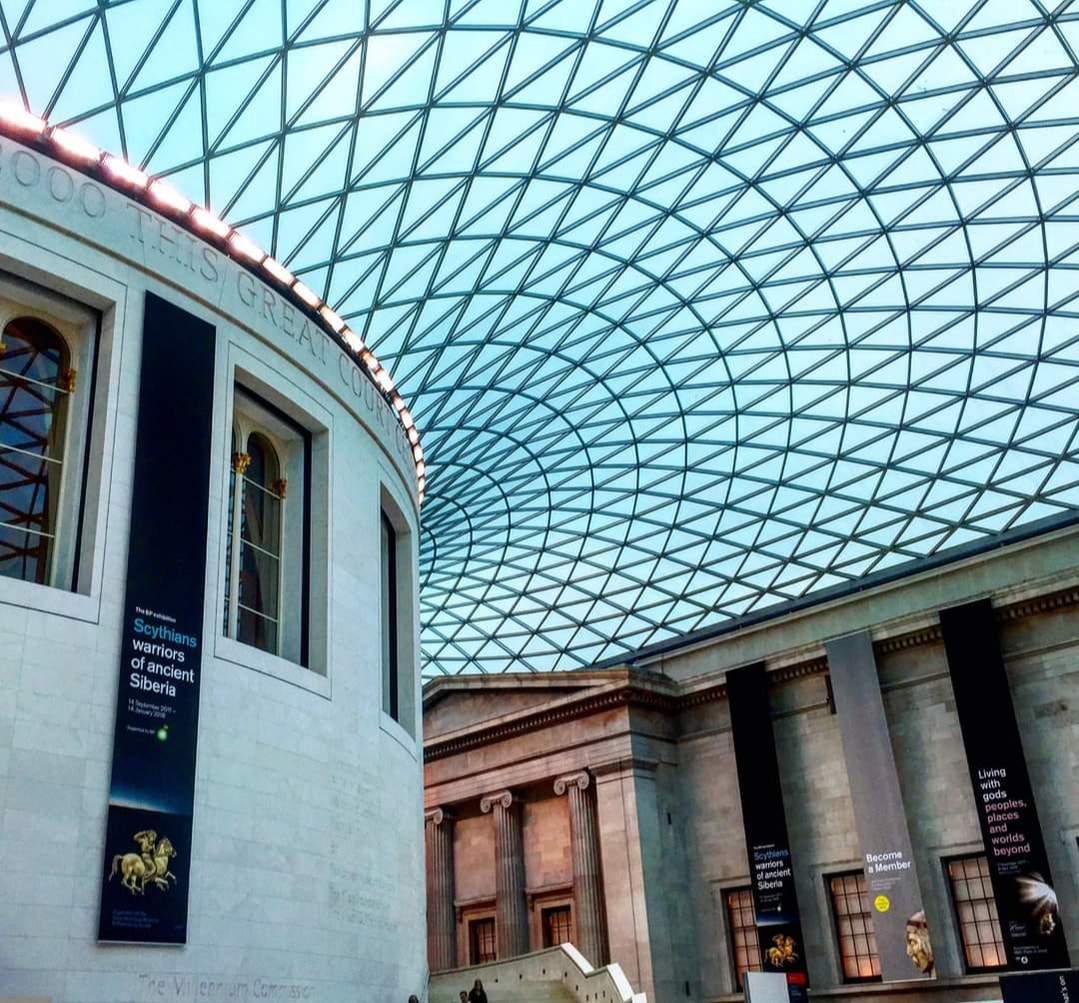
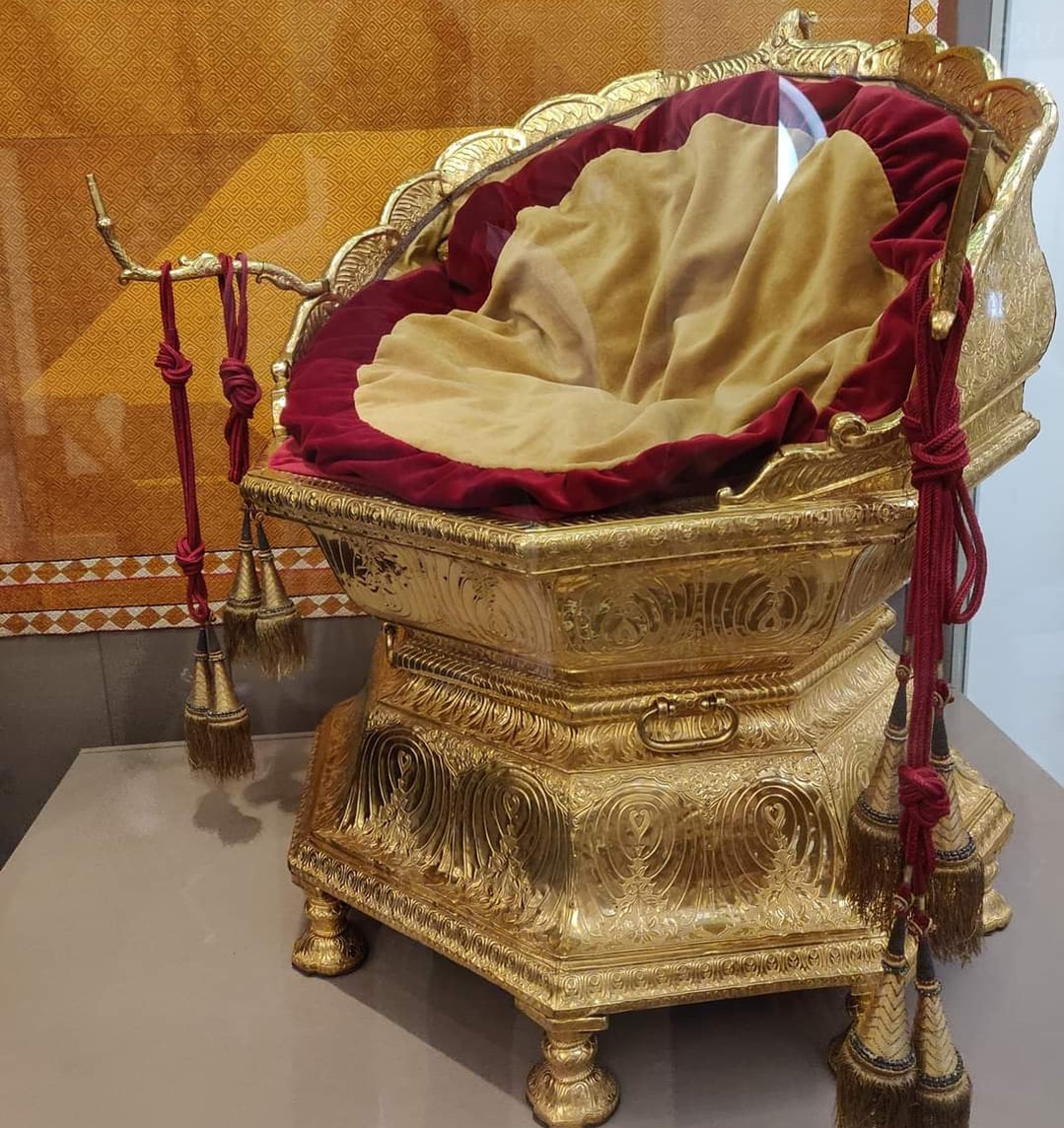
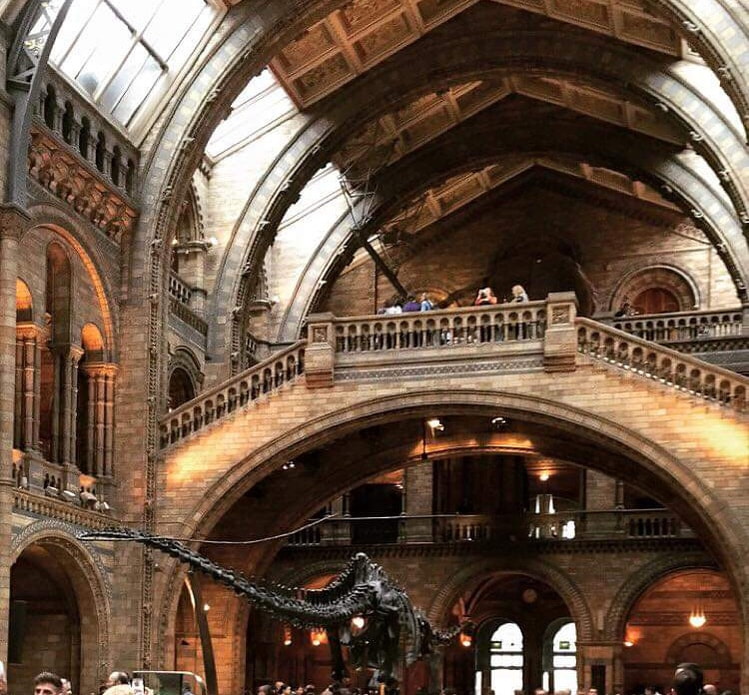
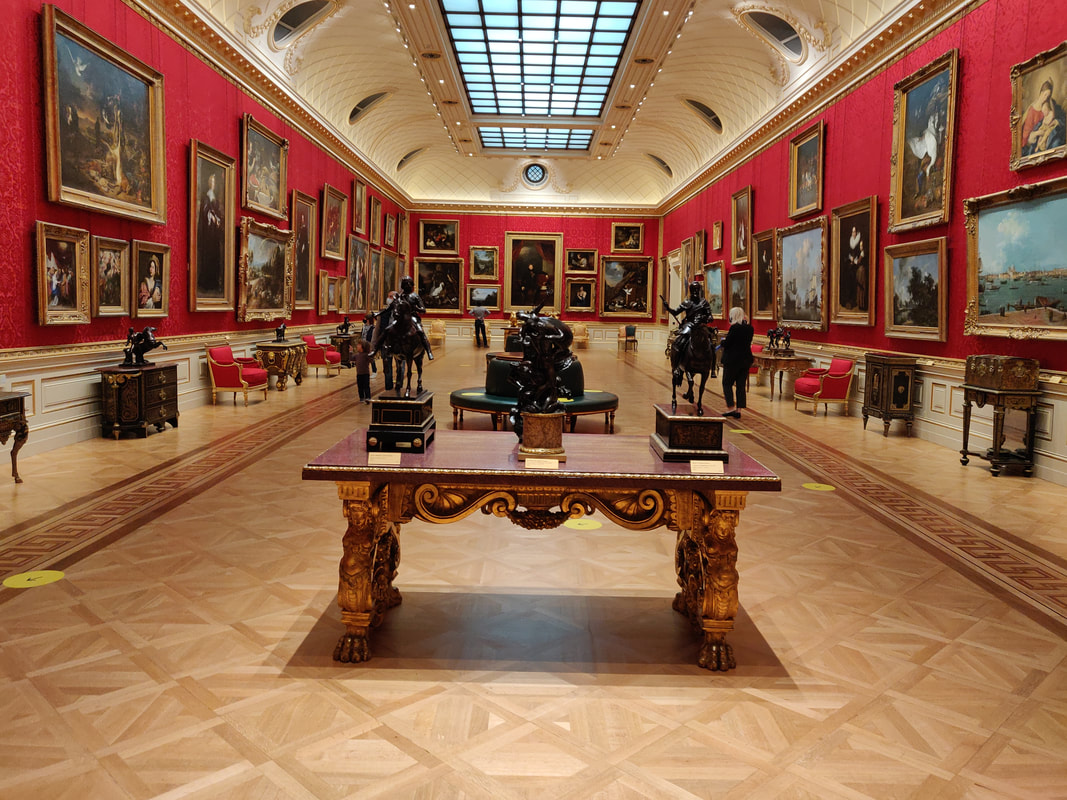

 RSS Feed
RSS Feed